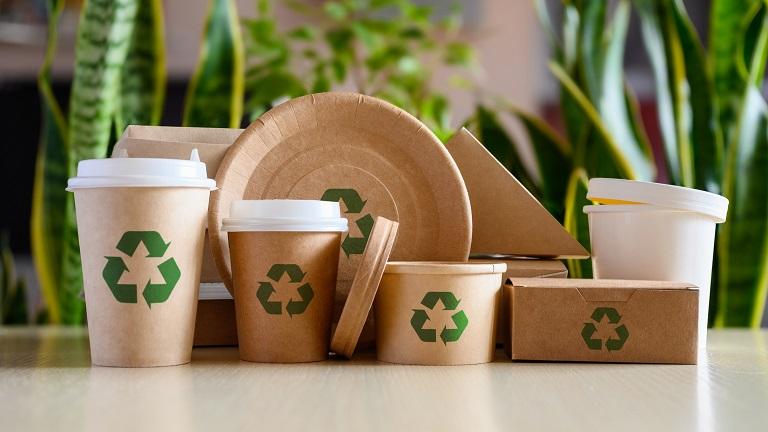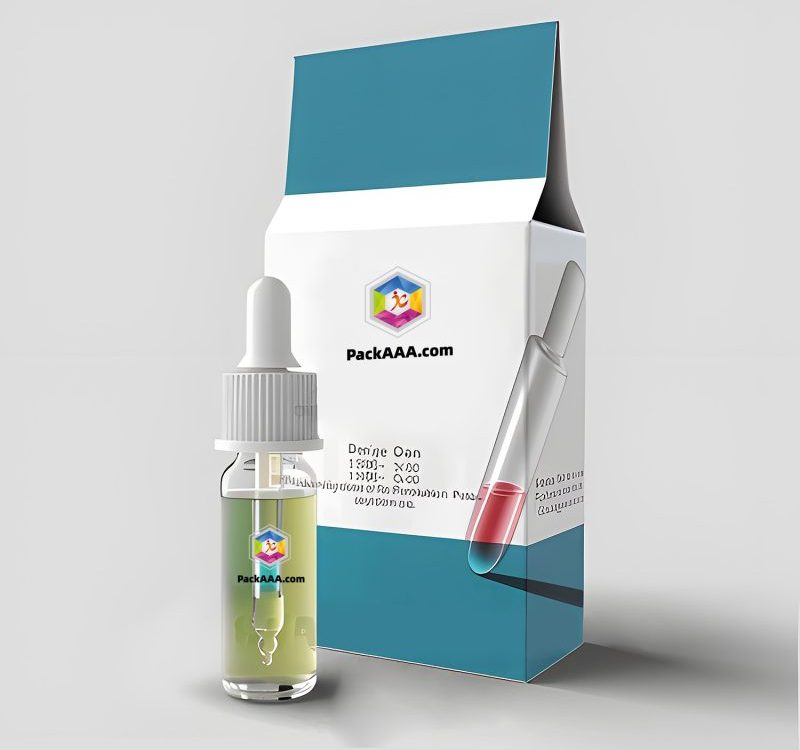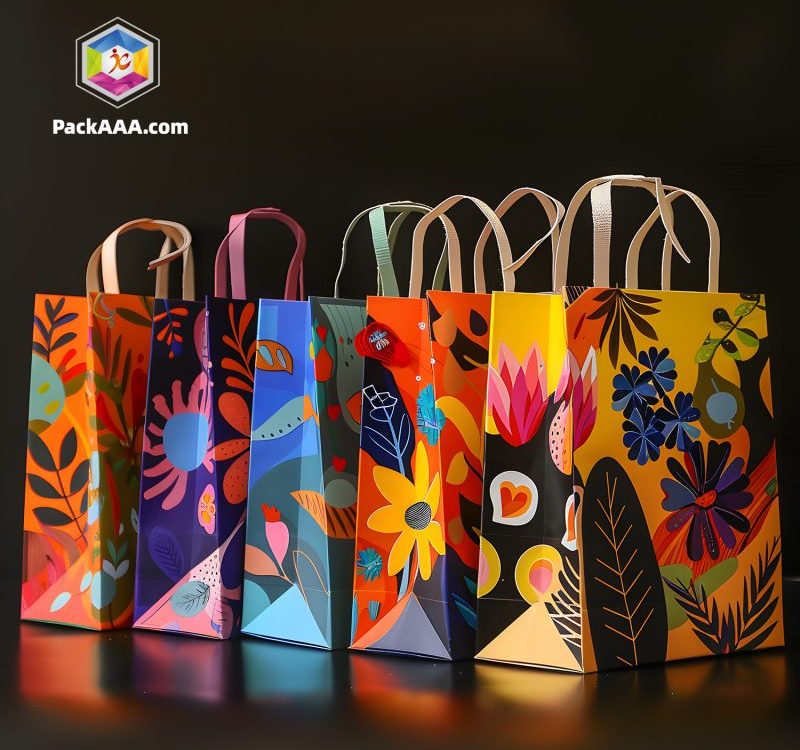In a world increasingly aware of its environmental footprint, the packaging industry stands at a pivotal crossroads. As consumers become more discerning, the call for sustainable practices echoes louder, prompting brands to reevaluate not only what they sell, but how they present it. Enter the realm of “Boxes with a Conscience,” a movement gaining momentum among Chinese brands that are innovating eco-friendly packaging solutions. From biodegradable materials to minimalistic designs, these brands are redefining their image while taking significant strides toward sustainability. This article delves into the creative strategies and initiatives undertaken by Chinese companies to marry commercial success with environmental responsibility, showcasing how the intricacies of eco-friendly packaging are reshaping the landscape of consumer goods and influencing global trends. Join us as we explore this vibrant intersection of culture, commerce, and consciousness, illuminating the compelling stories behind these green initiatives.

Redefining Packaging: The Rise of Sustainable Solutions in China
Chinese brands are increasingly embracing packaging solutions that reflect a commitment to environmental stewardship. With the government’s push towards greener initiatives and the growing consciousness among consumers regarding sustainability, companies are reimagining their packaging strategies. They are shifting from conventional materials to biodegradable and recyclable options. This transition is underpinned by innovative designs that not only serve functional purposes but also resonate with eco-conscious consumers. The adoption of materials such as recycled paper, corn starch, and even mushroom-based packaging is becoming the norm, showcasing a dedication to reducing carbon footprints.
Several brands are leading the charge by integrating eco-friendly practices into every aspect of their packaging process. This includes minimalistic designs that use less material, along with printable biodegradable inks to enhance aesthetic appeal without compromising the planet. Below is a comparative table highlighting some notable brands and their sustainable packaging initiatives:
| Brand | Sustainable Initiatives | Materials Used |
|---|---|---|
| IKEA | 100% recyclable packaging | Recycled cardboard |
| Nestlé | Plant-based wrappers | Bioplastics |
| Apple | Reusable boxes | Sturdy paper |
This collective movement not only caters to the growing demand for sustainable products but also sets a precedent for responsible manufacturing practices in the industry. As Chinese brands pivot towards these sustainable solutions, they are redefining consumer expectations and paving the way for a more environmentally friendly market landscape.
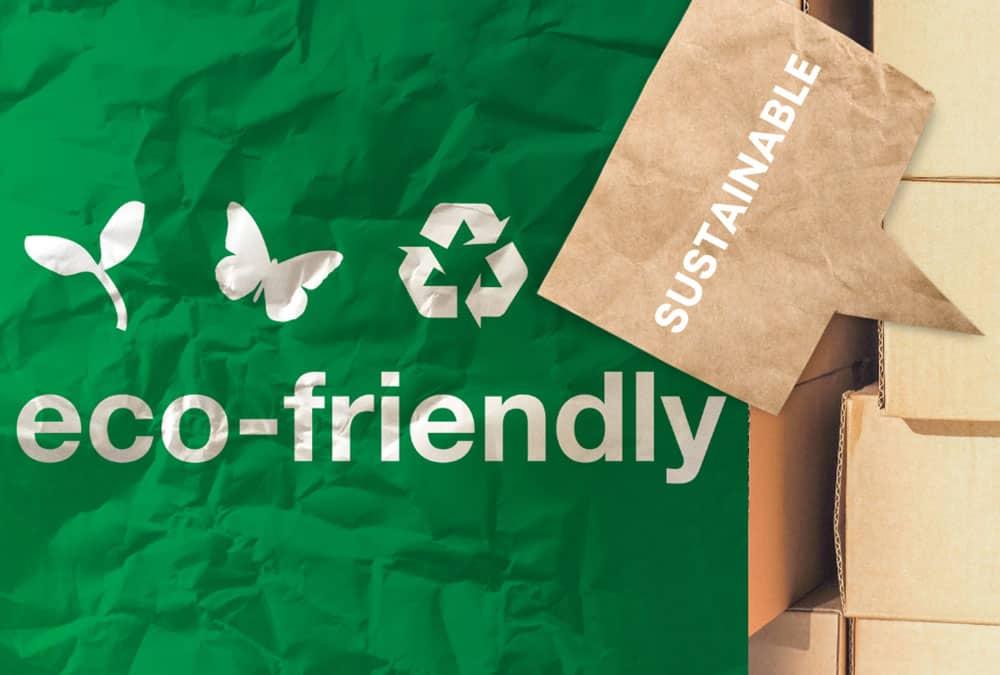
Materials Matter: Exploring Eco-Friendly Alternatives in Chinese Manufacturing
In the realm of sustainable practices, Chinese brands are reinventing the narrative of packaging through innovative approaches that align with environmental stewardship. A growing number of companies are prioritizing biodegradable materials, ensuring that their products leave a minimal ecological footprint. Instead of relying on traditional plastics, they are turning to alternatives such as cornstarch-based polymers, recycled cardboard, and bamboo fibers. This shift towards sustainable materials is not just a marketing strategy; it reflects a deeper commitment to corporate responsibility and a response to the increasing consumer demand for eco-friendly options. Brands like Alibaba and Haier are leading the charge by implementing these methods, showcasing an awareness of their role in combating pollution.
Moreover, the focus on eco-friendly packaging extends beyond just materials; it encompasses the entire lifecycle of the product. Companies are embracing minimalist designs that reduce unnecessary packaging while still appealing to aesthetics. Many brands have adopted closed-loop systems which allow customers to return their packaging for reuse, thus minimizing waste. The following table highlights some notable eco-conscious practices adopted by leading Chinese brands:
| Brand | Eco-Friendly Practice | Material Used |
|---|---|---|
| Alibaba | Reusable Packaging Program | Recycled cardboard |
| Haier | Biodegradable Wrapping | Cornstarch-based polymers |
| Lenovo | Minimalist Packaging Design | Bamboo fibers |
These initiatives not only help in reducing waste but also set a powerful example for other industries globally. The synergy of creativity and sustainability in packaging reflects a transformative vision for the future of manufacturing in China, where businesses can thrive while nurturing the planet.
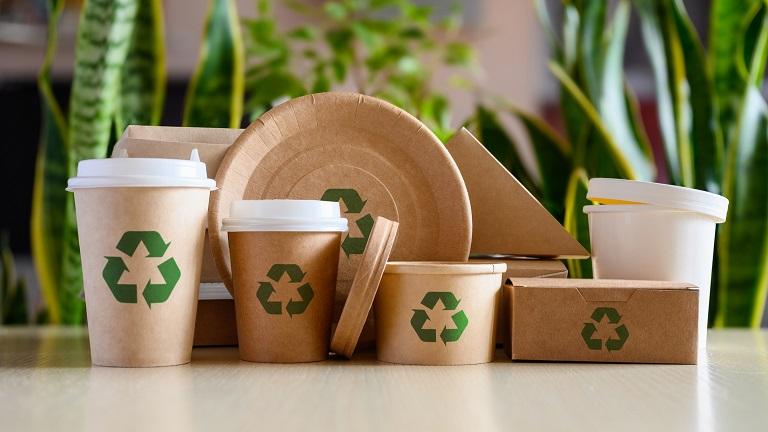
Beyond the Box: The Role of Innovation in Sustainable Packaging Strategies
One notable strategy involves the shift from plastic to plant-based packaging, which demonstrates a profound understanding of the environmental crisis and its challenges. Brands are exploring avenues like mushroom-based packaging or seaweed wraps, which not only reduce waste but enhance the overall user experience. Additionally, some companies have embraced interactive packaging that encourages consumers to recycle or reuse through engaging designs or embedded QR codes leading to recycling guides. The evolution of packaging not only reflects a brand’s values but also emphasizes the critical role of sustainability in maintaining a competitive edge in the market.
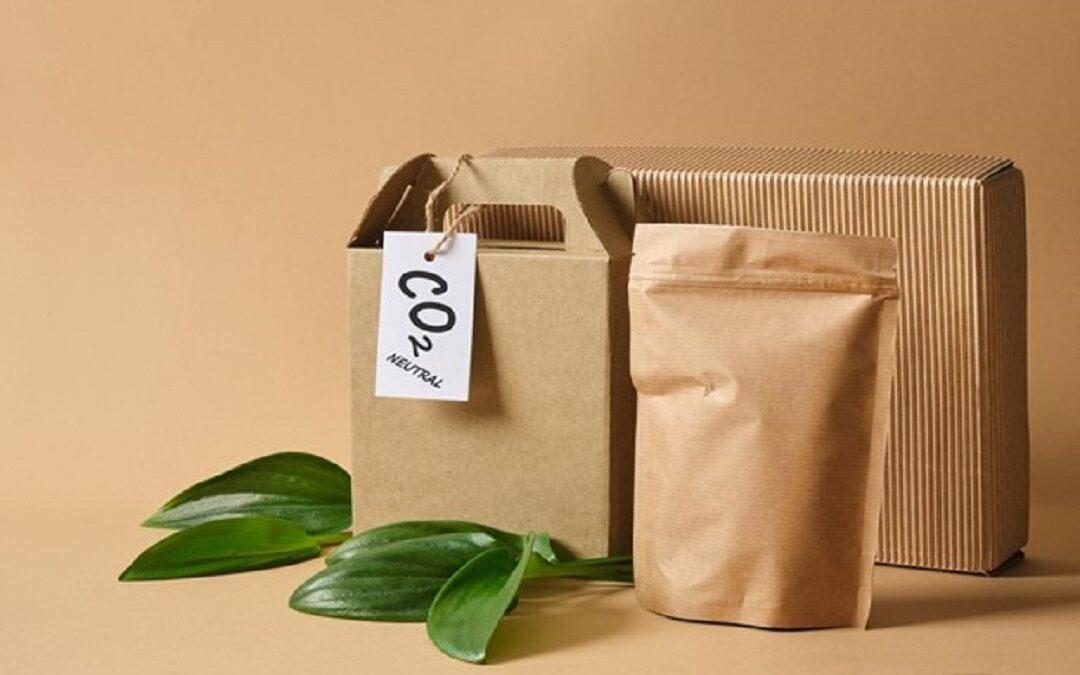
Consumer Awareness: Encouraging Conscious Choices in Eco-Friendly Packaging
As consumers become increasingly aware of the environmental impact of their purchasing decisions, many are now seeking products that align with their sustainability values. Chinese brands are rising to the occasion, offering a variety of eco-friendly packaging options that not only reduce waste but also highlight their commitment to protecting the planet. By opting for sustainable materials, brands can appeal to a growing market segment that prioritizes responsibility and ethical consumption. The thoughtful design of these packaging solutions often includes:
- Biodegradable Materials: Packaging made from plant-based substances that break down naturally.
- Recyclable Options: Containers that can easily be reprocessed and reused.
- Minimalist Designs: Reducing excess packaging to lower material consumption and transportation emissions.
The shift towards eco-conscious packaging is not just a trend; it’s becoming a core part of business strategies for many Chinese brands. They are innovating with sustainable technologies, such as using water-based inks and eliminating plastic components, which speaks to a burgeoning ethos of environmental stewardship. To illustrate this transformation, consider the following comparison table of sustainable practices in packaging from notable Chinese brands:
| Brand | Eco-Friendly Practice | Packaging Material Used |
|---|---|---|
| Amazon | 100% recyclable packaging | Recycled cardboard |
| Del Monte | Plant-based biodegradable bags | PLA (Polylactic Acid) |
| Coca-Cola | Reusable glass containers | Glass |
The Conclusion
As the global narrative shifts towards sustainability, Chinese brands are rising to the occasion with innovative eco-friendly packaging solutions. These initiatives not only reflect a commitment to environmental stewardship but also resonate with a growing consumer awareness surrounding conscious consumption. From biodegradable materials to reusable designs, the move towards greener packaging illustrates a significant transformation in the way businesses think about their environmental impact. In essence, these “Boxes with a Conscience” are more than mere vessels for products; they embody a hopeful vision for the future, where consumerism and eco-responsibility coexist harmoniously. As we unpack the positive implications of these changes, it’s clear that the journey towards sustainability is far from over. However, with each eco-friendly package, Chinese brands are proving that progress is not just possible—it’s already underway. As consumers, we have a role to play in this evolution, supporting brands that prioritize the planet, one conscientious box at a time.



